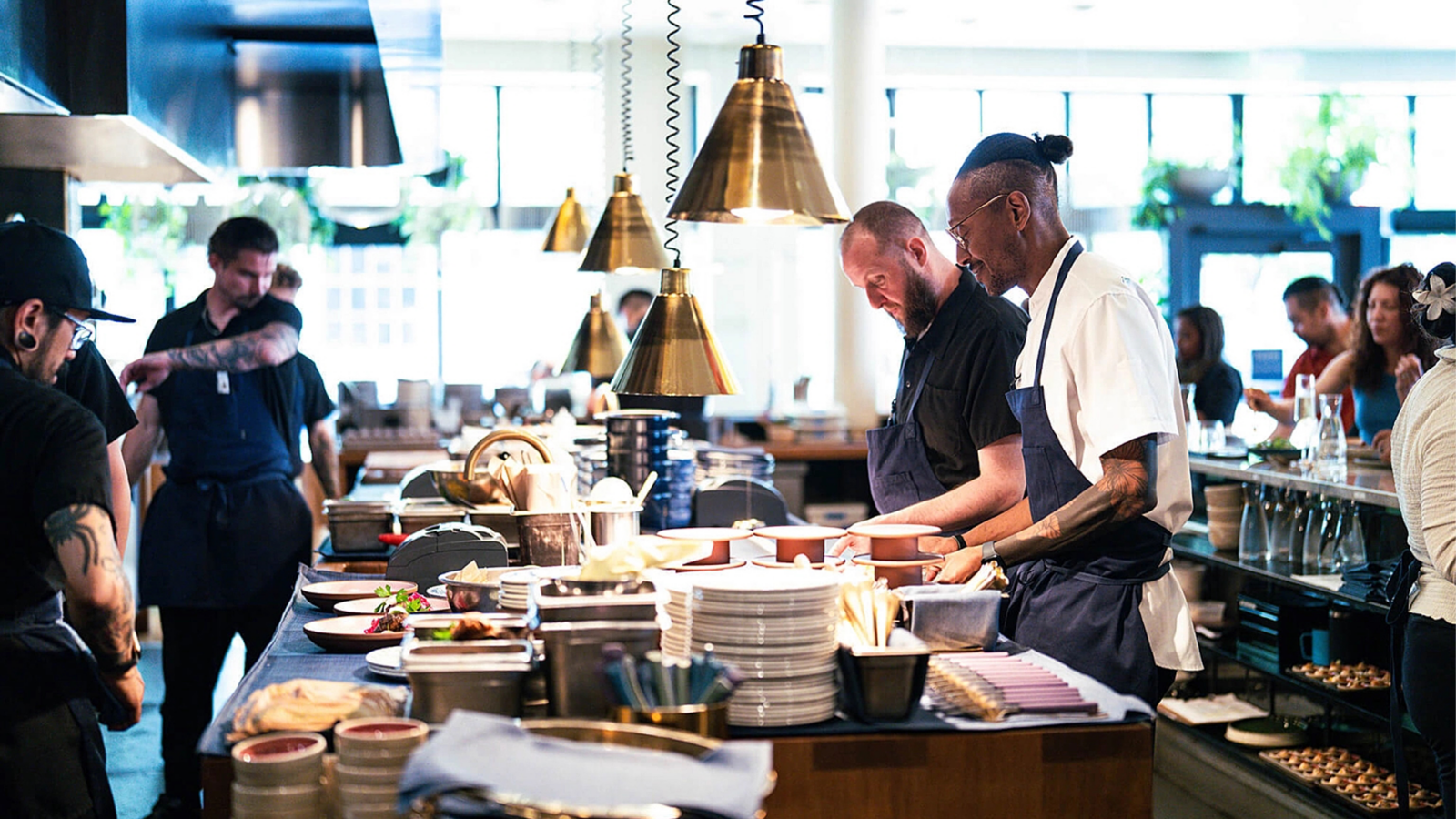Cultivated salmon is now being served at Kann, a Haitian restaurant in Portland, Oregon, led by the culinary talents of James Beard award-winning Chef Gregory Gourdet. This milestone marks the very first for cultivated seafood anywhere in the world, signaling meaningful progress in bringing cultivated meat and seafood from pilot facilities into real-world kitchens.
Cultivated seafood, also known as cell-cultured seafood, is real seafood produced by growing fish cells in a controlled environment, rather than harvesting it from the ocean or raising it through aquaculture. This process involves taking cells from a living fish and providing them with the necessary nutrients and conditions to multiply and form muscle and fat tissues, mimicking the natural growth process.
The lab salmon breakthrough created by Wildtype joins Mission Barns’ Federal Drug Administration’s “no-questions” letter for its cultivated pork fat earlier this year, with the company now awaiting routine U.S. Department of Agriculture inspection before its product hits grocery store shelves.
Overfishing, ocean warming, and pollution continue to threaten seafood supply chains just as global seafood demand is projected to rise 14% by 2030 (relative to 2020 levels). Relying on wild fisheries and aquaculture alone isn’t sufficient or sustainable — cultivated seafood can help meet growing demand and ensure American protein security while lessening pressures on at-risk ocean ecosystems, says the Good Food Institute. (Check out GFI’s white papers on the climate and biodiversity benefits of alternative seafood.)
As outlined in GFI’s recent report on cultivated meat and seafood, scientific innovation is happening faster than expected. The industry has made significant strides in reducing input costs, with 2024 data showing cell media costs dropping by over 99% from a pharma-grade baseline, driven by key ingredients being derived from affordable, food-grade alternatives.
“Cultivated salmon on the menu of a U.S. restaurant – what a moment. It’s a first glimpse into how we can meet rising global seafood demand, deliver on the table stakes of taste and nutrition, and ease pressure on an overfished ocean,” said Claire Bomkamp, GFI’s lead scientist for cultivated meat & seafood. “As cultivated seafood production scales up, American consumers can enjoy foods they love made in far more efficient, lighter footprint ways. The U.S. is showing how scientific innovation and an entrepreneurial spirit can deliver delicious wins for consumers and healthy ocean ecosystems. This is a milestone moment for science, for chefs, and for anyone with a stake in sustainably feeding billions of people.”

